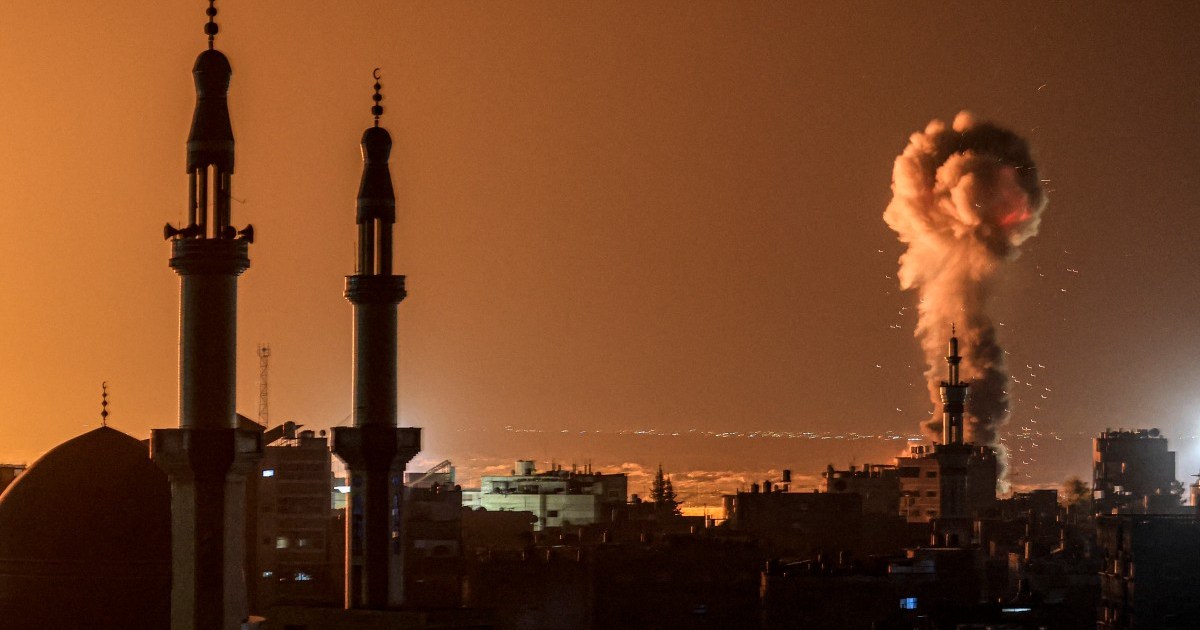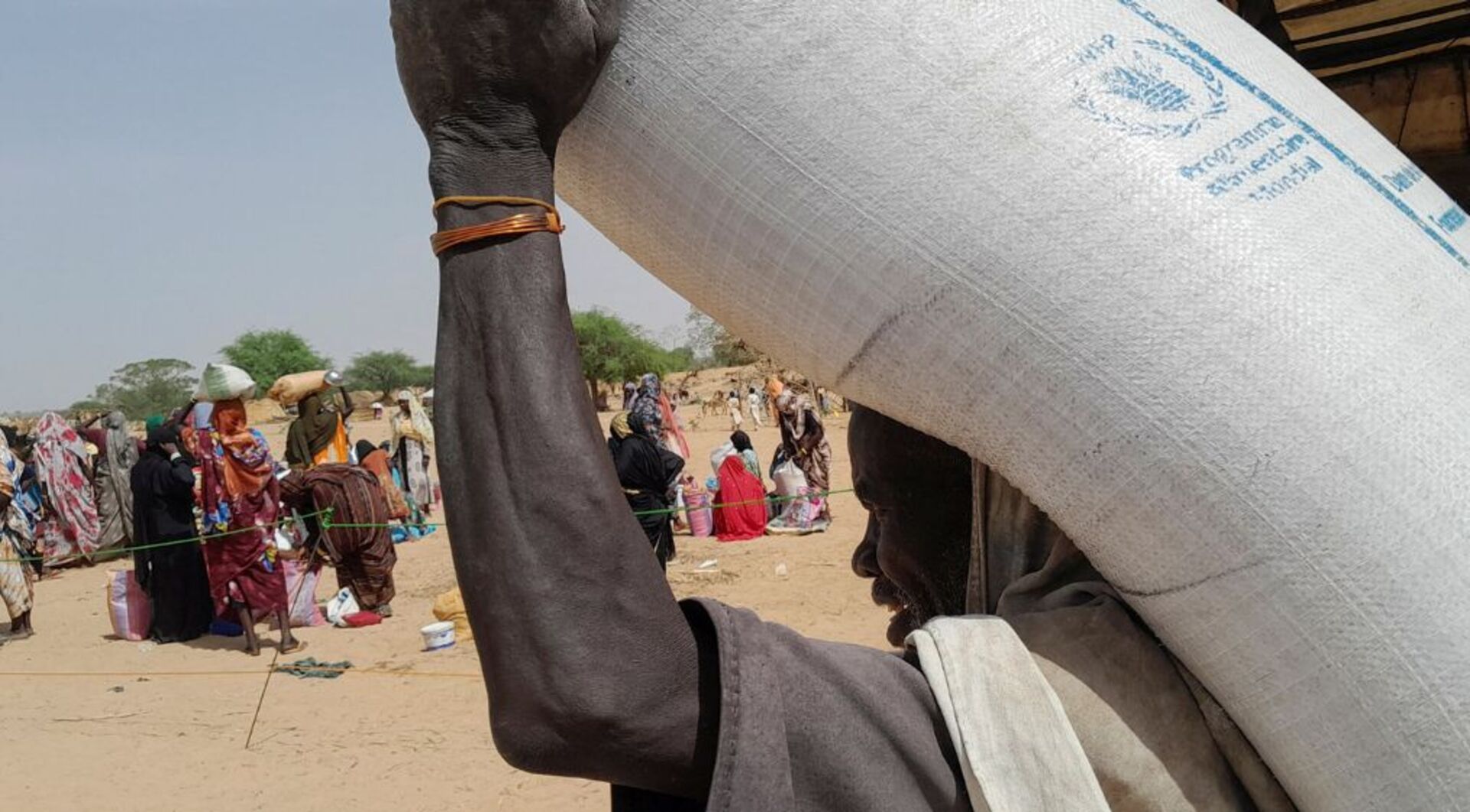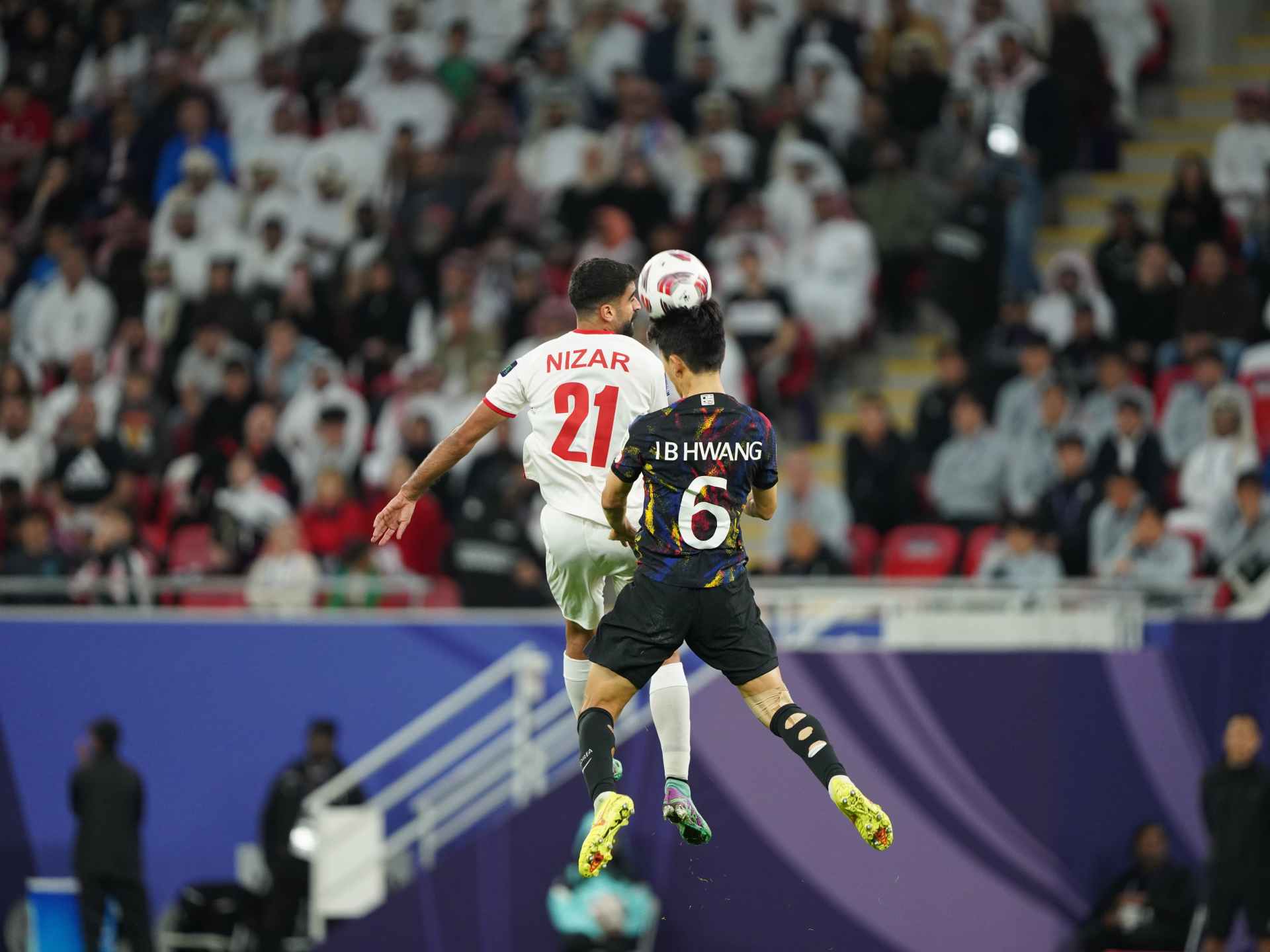In a proposal submitted to mediators in Qatar – and which has been seen by Al Jazeera – Hamas has outlined plans for a truce with Israel in Gaza, spurring hopes for an end to the war after 124 days of bombardment and ground invasion on the strip.
At least 27,585 people have been killed and 66,978 wounded in Israeli attacks on Gaza since October 7. Thousands more have been lost under the rubble and are presumed dead. Concerns are mounting about a military ground invasion of Rafah, the last-standing city in the strip, housing 1.4 million displaced people.
Hamas’s peace plan, which it calls “reasonable and realistic” has been submitted in response to proposals sent last week by Qatari and Egyptian mediators who have been holding negotiations with Israel and the US in a high-level diplomatic push to end the war.
In its plan, Hamas has suggested a three-stage truce process that would see hostages and prisoners released on both sides. Each stage would last for 45 days, according to the plan.
Israel has yet to respond to Hamas’s proposal, although “its details are being thoroughly evaluated”, officials said. However, Israeli Prime Minister Benjamin Netanyahu and top Israeli officials have repeatedly stated that Israeli troops will not be ordered to pull back until Hamas is “destroyed”.
Here’s what Hamas proposes:
First stage:
In the first 45 days, Hamas proposes to release all Israeli female captives that the group took hostage on October 7. Male captives under 19 years of age and who are not members of or conscripts to the Israeli armed forces, the elderly and the sick will also be released. It’s unclear how many of the more-than-100 captives who are known to still be alive fit these categories.
In return, Hamas wants Israel to release 1,500 Palestinians being held in Israeli jails, including all women, children and elderly people. Some 5,200 Palestinians were behind bars in Israel as of October 2023, among them 33 children and 170 women.
Among the Palestinian prisoners to be released, 500 would have to be people currently serving life sentences and other extended terms.
Hamas is also asking for at least 500 humanitarian aid and fuel trucks to be allowed into Gaza daily. It has asked for the provision of 60,000 temporary homes and 200,000 tents and has stipulated that displaced Palestinians in Gaza must be allowed to freely return to their homes, with no barriers, in the context of a mutual, temporary truce. Hamas has not stipulated where the funding for the homes and tents should come from.
In addition, the group wants all crossings into the Gaza Strip to be opened, and for Gaza’s Palestinians who require medical care to be able to travel freely out of the strip. At this point, it adds, talks around the requirements for a “complete truce” can start.
Second stage:
In the next phase, also to last for 45 days, Hamas says it will release all remaining male Israeli captives, and in return, Israeli troops will withdraw from all areas of Gaza.
At this point, Hamas says, further humanitarian aid must be allowed into Gaza, while reconstruction of damaged infrastructure must commence.
Talks about the requirements for a “complete truce” and a return to “a state of calm” must be agreed upon before the next stage can begin.
Third stage:
Finally, Hamas proposes that both sides will release any bodies or remains at this stage, after due identification processes.
Any humanitarian measures agreed to in the first and second stages must also continue.
What else is in the proposal?
Hamas says that each stage of the truce must be completed before the next phase begins.
The group also says Israel must facilitate the full reconstruction of destroyed houses in Gaza, as well as of public facilities and other economic infrastructure within three years.
Hamas further demands that Israeli settlers stop attacking Al-Aqsa Mosque, and that the situation in the mosque be returned to pre-2002 conditions. It’s unclear what conditions Hamas is referring to. However, in 2002, during the second Intifada, or “uprising”, triggered by former Israeli Prime Minister Ariel Sharon’s visit to Al-Aqsa, Israeli troops cracked down on Palestinians under Operation Defensive Shield.
Speaking to Al Jazeera, Hamas spokesperson Muhammad Nazzal said the group wants Qatar, Egypt, the United States, Turkey and Russia to act as “guarantors” to ensure correct implementation of the terms of the deal, should it be approved. He added, however, that the group is not willing to negotiate on the terms of the proposal.
“Among these details, none can be compromised,” Nazzal said. “The Israeli killing machine must be brought to a halt. We wish to see [the] Israeli occupation forces’ withdrawal from the Gaza Strip entirely. Our response is realistic and our demands are reasonable.
“Once it [the plan] starts, any obstacles can be ironed out along the way to reach a final agreement whereby we can dot the i’s and cross the t’s.”
Will Israel agree to the deal?
Mossad, Israel’s foreign intelligence agency, is currently evaluating the proposal, Israeli authorities have said. There is no set timeline for a response.
Speaking to journalists on Tuesday as the negotiations were continuing, US President Joe Biden called the proposal “a little over the top”.
However, Secretary of State Anthony Blinken is currently in Israel and is set to try to persuade Israeli leaders to accept a truce. In his fifth visit to the region since the start of the war, Blinken will meet Netanyahu, army chief Herzi Halevi, Defence Minister Yoav Gallant and the Israeli president, Isaac Herzog.
Blinken will also hold talks with the Palestinian president, Mahmoud Abbas.
Qatari Prime Minister Sheikh Mohammed bin Abdulrahman bin Jassim Al Thani met Blinken on Tuesday. After the announcement, he told reporters the Hamas proposal was “generally positive”. Egyptian officials told Reuters that Hamas’s response showed “flexibility” and that their negotiators would push to reach a deal.
Although not part of the negotiations, Saudi Arabia on Wednesday called for a Palestinian state based on 1967 borders with an East Jerusalem capital, as a condition before it will agree to recognise Israel’s statehood and “normalise” relations – a scenario the US is pushing for. Palestinians, including Hamas, have long sought to establish a state in the Gaza Strip, West Bank and the East Jerusalem territories that Israel occupied in 1967.
Hussein Haridi, former Egyptian foreign minister, told Al Jazeera that Israel may try to water down some aspects of the proposal, but that mediating parties would try to push for a compromise to reach a deal.
“The Qatari reaction [to the deal] was positive to an extent,” Haridi said. “I believe that Secretary of State Blinken will try to work things out in Israel. One thing is certain now – that the US is keen on a pause as soon as possible.”
But Israel might not agree to a truce deal just yet, said Al Jazeera’s Rory Challands, reporting from occupied East Jerusalem. Israeli public opinion is heavily in favour of Netanyahu’s stance to continue the war and could obstruct peace talks, he said.
“There is widespread agreement – certainly at the top level, the elite level – that the war will not end as a result of any ceasefire deal,” Challand said. “That’s the essential stumbling block of this agreement. It’s looking at the moment [like] we are going to be going back to the negotiating table.”
#Whats #Hamass #135day #proposal #Gaza #truce #News



